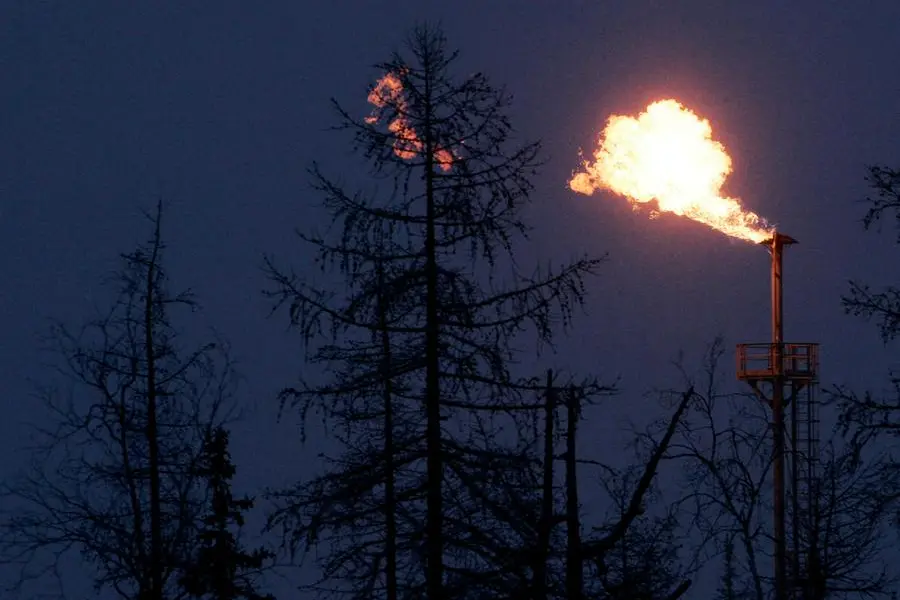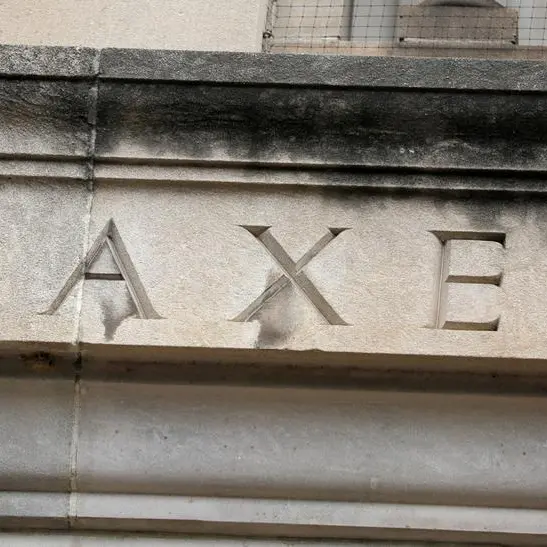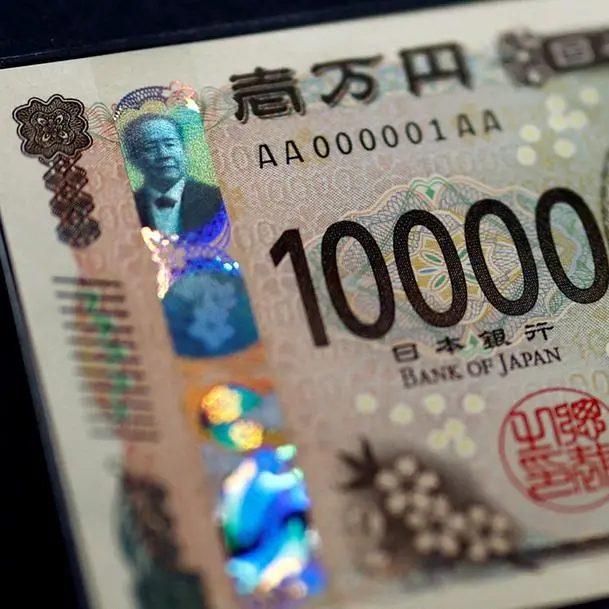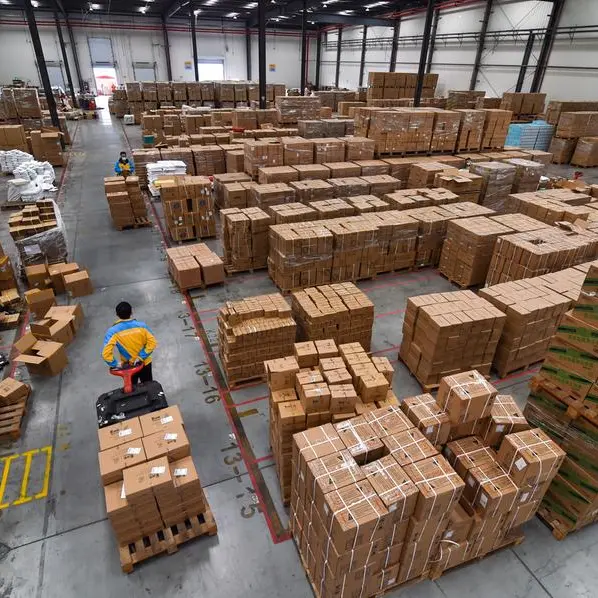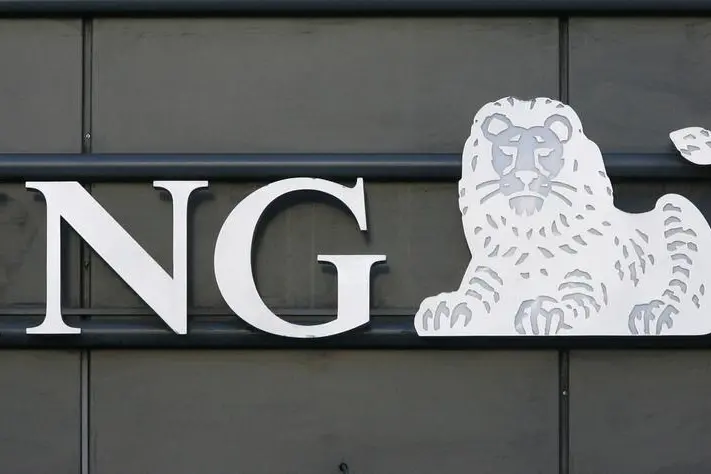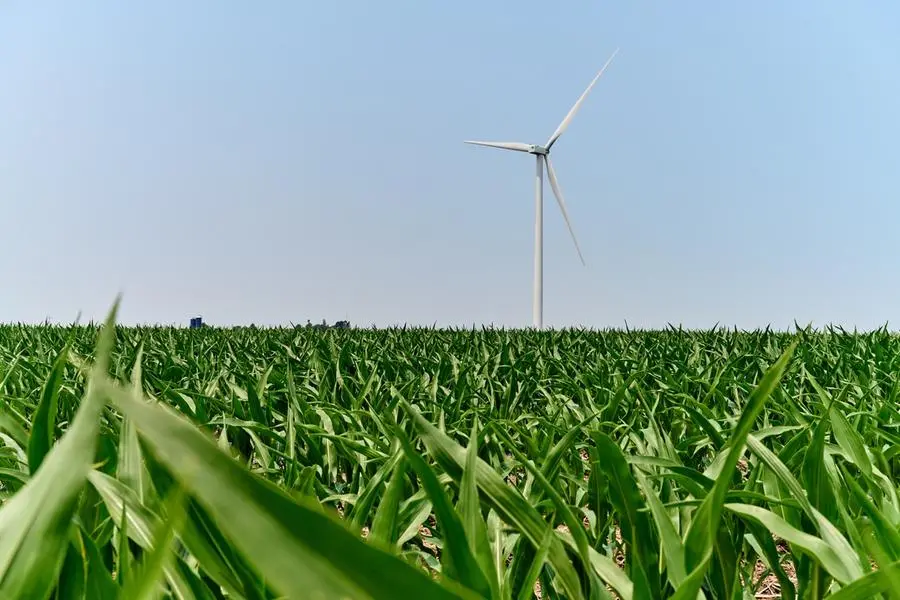PHOTO
China, the world's largest emitter of methane, is expected to unveil its strategy to cut output of the greenhouse gas "imminently" but may stop short of setting specific reduction targets, two people familiar with the plan said.
China produces over 14% of global methane emissions, but has so far resisted pressure to join a global pact to cut its methane output 30% by 2030 that was signed by over 150 other nations, led by the United States.
"I would say that what we could expect from this is going to be a very detailed plan of policies - of different regulations - that will be enacted," said Marcelo Mena, head of the Global Methane Hub and former environment minister of Chile, who said he reviewed a draft of the plan and discussed it with China's special climate envoy Xie Zhenhua during a visit to China last month.
Mena told Reuters the plan focuses on some of China's most challenging methane sources, including emissions from coal mine seams and agriculture - including rice production - but that he did not see any numerical targets in the plan.
He said Xie told him that the plan would be published before, or at, the upcoming, two-week COP28 climate summit in Dubai, which begins on November 30.
"This will be likely the most ambitious commitment and will cut the biggest chunk out of emissions from developing countries," he said.
Another person familiar with the plans who declined to be named because they were not authorised to speak to the media said that China has been reluctant to include numerical targets in the strategy given concerns raised by its agriculture and energy ministries about the impact on their key economic sectors.
China's environment ministry did not immediately respond to questions on when the report would appear and whether it would include hard targets.
The ministry said last week that it was "pushing forward" the publication of the plan, state media reported, but it did not give a timeframe.
The agriculture ministry last year recommended new farming practices, such as paddy irrigation management and low-protein diets for livestock, as ways to bring down methane.
A study published in August by scientists at California's Lawrence Berkeley National Laboratory suggested that reforms to China's industrial and agriculture sectors could lead to 30-40% reduction in methane from 2015 levels by the end of the decade.
China's massive coal sector could prove the biggest challenge since the country is the world's largest source of methane from coal mines, with 28% of the world's biggest methane emissions points, according to environmental research group Kayrros.
The second source said China is expected to unveil its methane plan before the U.S. and China resume bilateral talks this week in California, ahead of the APEC summit in San Francisco.
The U.S. and China first agreed at the Glasgow climate summit in 2021 to work together on measuring and reducing methane.
China has already set a goal to bring carbon dioxide emissions to a peak by 2030 and achieve net-zero CO2 emissions by 2060. (Reporting by Valerie Volcovici; additional reporting by David Stanway in Singapore; editing by Miral Fahmy)
